ForceLED dimmable
FORCELED 4000-840 BC
Article number: 92984182
EAN number: 5063016403918
Technical Data
Electrical Properties
EEC
C
Luminaire input power
26.2 W
Power factor
0.91
Rated voltage
220 - 240 V
Total harmonic distortion (THD)
10 percent
Ballast
Ballast 1: 1 x 28000656 LCA 50W 350-1050mA one4all lp PRE
Safety Class
SC1
Dimming
Wireless connection via app with Bluetooth® 4.x - basicDIM Wireless
Emergency included
false
Light Distribution
Light Source
LED
Luminaire luminous flux
4000 lm
Luminaire efficacy
153 lm/W
Correlated colour temperature
4000 K
Colour Rendering Index min.
80
Light Distribution
STD - standard
Physical Characteristics
Dimensions
735x180x95 mm
Mounting type
Surface mounted
Length
735 mm
Width
180 mm
Height
95 mm
Weight
3.1 kg
Impact strength
IK10
Degree of protection
IP66
Reflector Color
painted
Maintenance and Protection
Rated useful life (B10)
L95 100000 h Rated median useful life 50 °C
Maintenance category CIE 97
E - Dust-proof IP5X
Norms and Standards
Certificates
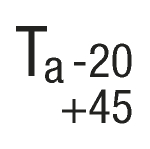
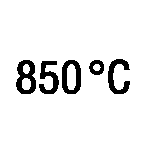
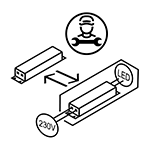
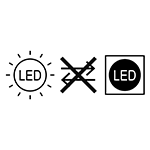


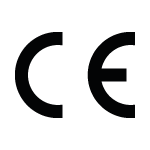
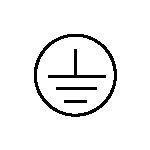
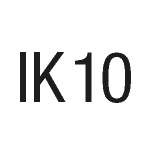

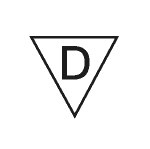
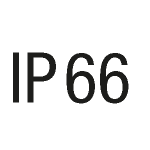



Downloads
Accessories
FORCELED 4000-840 BC
A compact IP66, dust and moisture proof LED luminaire. Electronic, Wireless connection via app with Bluetooth® 4.x - basicDIM Wireless. Class I electrical, IK10. Canopy: fully recyclable aluminium painted white. Diffuser: UV stabilised polycarbonate with linear prisms. Toggles: stainless steel. For surface, BESA or suspended mounting. Quick-fix brackets supplied for surface mounting. Mounting kits for conduit, chain suspension and catenary suspension are available as accessories. Wireless controlled via App with Bluetooth® 4.x - basicDIM Wireless Complete with 4000K LED.
{Wireless Definition}, {Wireless Frequency}, {Wireless TransPower}.
ambient temperature: -20°C to +50°C
Dimensions: 735 x 180 x 95 mm
Luminaire luminous flux: 4000 lm
Luminaire efficacy: 153 lm/W
Weight: 3.1 kg



